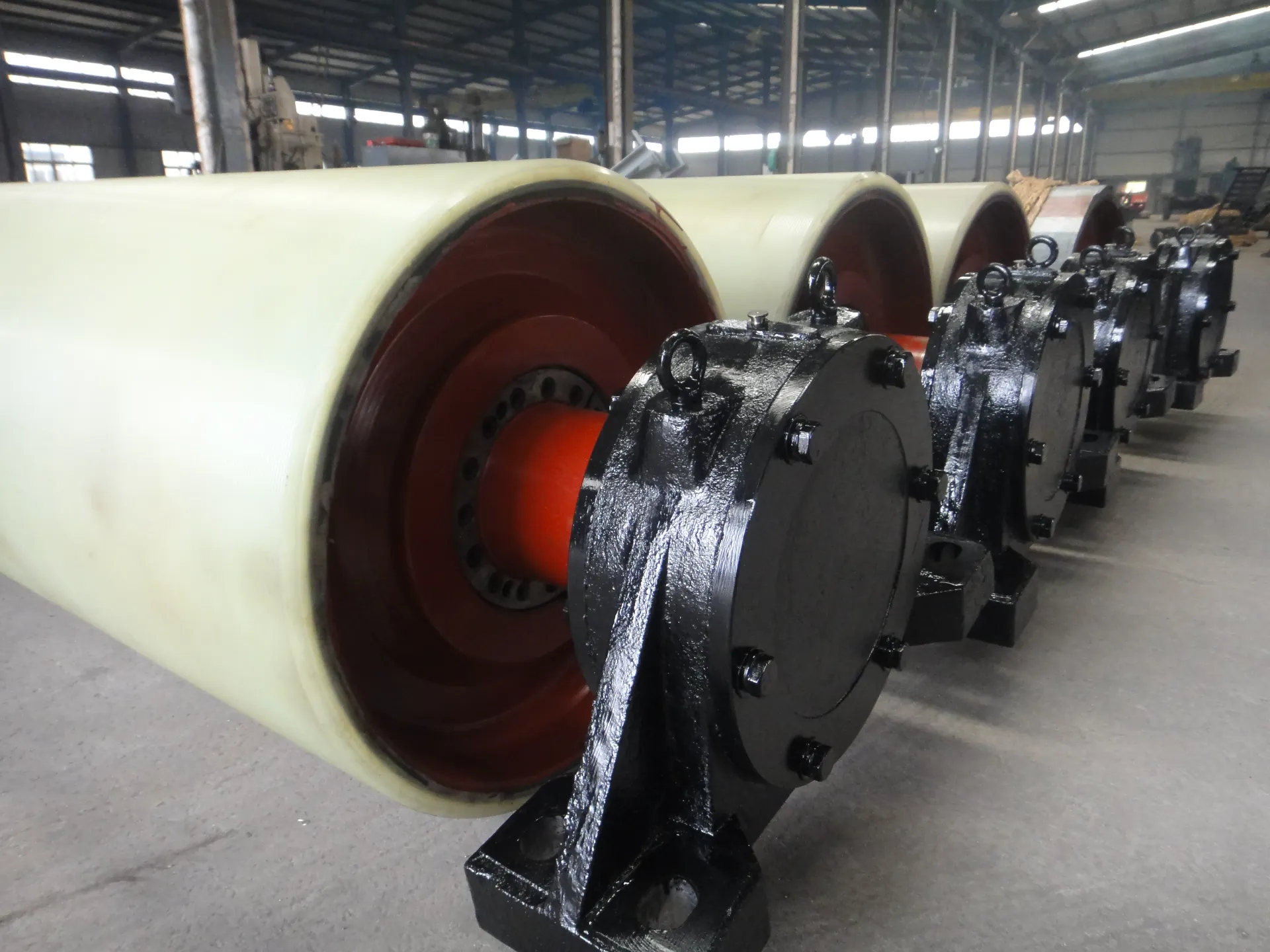 Afrikaans
Afrikaans  Albanian
Albanian  Amharic
Amharic  Arabic
Arabic  Armenian
Armenian  Azerbaijani
Azerbaijani  Basque
Basque  Belarusian
Belarusian  Bengali
Bengali  Bosnian
Bosnian  Bulgarian
Bulgarian  Catalan
Catalan  Cebuano
Cebuano  Corsican
Corsican  Croatian
Croatian  Czech
Czech  Danish
Danish  Dutch
Dutch  English
English  Esperanto
Esperanto  Estonian
Estonian  Finnish
Finnish  French
French  Frisian
Frisian  Galician
Galician  Georgian
Georgian  German
German  Greek
Greek  Gujarati
Gujarati  Haitian Creole
Haitian Creole  hausa
hausa  hawaiian
hawaiian  Hebrew
Hebrew  Hindi
Hindi  Miao
Miao  Hungarian
Hungarian  Icelandic
Icelandic  igbo
igbo  Indonesian
Indonesian  irish
irish  Italian
Italian  Japanese
Japanese  Javanese
Javanese  Kannada
Kannada  kazakh
kazakh  Khmer
Khmer  Rwandese
Rwandese  Korean
Korean  Kurdish
Kurdish  Kyrgyz
Kyrgyz  Lao
Lao  Latin
Latin  Latvian
Latvian  Lithuanian
Lithuanian  Luxembourgish
Luxembourgish  Macedonian
Macedonian  Malgashi
Malgashi  Malay
Malay  Malayalam
Malayalam  Maltese
Maltese  Maori
Maori  Marathi
Marathi  Mongolian
Mongolian  Myanmar
Myanmar  Nepali
Nepali  Norwegian
Norwegian  Norwegian
Norwegian  Occitan
Occitan  Pashto
Pashto  Persian
Persian  Polish
Polish  Portuguese
Portuguese  Punjabi
Punjabi  Romanian
Romanian  Russian
Russian  Samoan
Samoan  Scottish Gaelic
Scottish Gaelic  Serbian
Serbian  Sesotho
Sesotho  Shona
Shona  Sindhi
Sindhi  Sinhala
Sinhala  Slovak
Slovak  Slovenian
Slovenian  Somali
Somali  Spanish
Spanish  Sundanese
Sundanese  Swahili
Swahili  Swedish
Swedish  Tagalog
Tagalog  Tajik
Tajik  Tamil
Tamil  Tatar
Tatar  Telugu
Telugu  Thai
Thai  Turkish
Turkish  Turkmen
Turkmen  Ukrainian
Ukrainian  Urdu
Urdu  Uighur
Uighur  Uzbek
Uzbek  Vietnamese
Vietnamese  Welsh
Welsh  Bantu
Bantu  Yiddish
Yiddish  Yoruba
Yoruba  Zulu
Zulu Guide Roller Pricing Information and Comparison for Your Needs
The Insights into Guide Roller Prices Factors and Trends
Guide rollers are essential components in various industrial applications, particularly in manufacturing and transportation systems. These rollers help guide and support other moving parts, ensuring smooth operations and reducing wear on machinery. As industries continue to evolve and integrate advanced technologies, understanding the pricing dynamics of guide rollers becomes critical for manufacturers and suppliers alike.
What Influences Guide Roller Prices?
1. Material Composition One of the primary factors affecting the price of guide rollers is the material from which they are made. Guide rollers can be constructed from various materials, including steel, plastic, aluminum, and composite materials. Steel rollers, known for their durability and strength, tend to be more expensive compared to plastic options. The availability and cost of raw materials significantly influence the overall pricing.
2. Design Specifications The design of a guide roller can also impact its cost. Custom-designed rollers tailored to specific industrial applications may require more engineering and development resources, thereby increasing their price. Conversely, off-the-shelf products designed for widespread use may be more affordable due to mass production efficiencies.
3. Manufacturing Processes Different manufacturing processes entail varying costs. For instance, rollers produced through advanced methods, such as CNC machining or injection molding, may incur higher operational costs compared to simpler manufacturing techniques. The choice of manufacturing process can directly reflect on the market price of guide rollers.
4. Brand and Quality Assurance The brand reputation and quality assurance mechanisms play a vital role in determining the price. Renowned manufacturers that invest in quality control and have a history of producing reliable products often command higher prices. Buyers may be willing to pay a premium for established brands known for longevity and performance reliability.
5. Volume and Order Size Pricing often varies with order size. Bulk orders typically come with discounts, allowing companies to save on costs. This pricing model incentivizes buyers to purchase more at once, thus affecting market dynamics.
guide roller price

6. Market Demand and Economic Conditions Market demand for guide rollers can fluctuate with economic conditions and industry trends. During periods of economic expansion, manufacturing sectors may see increased demand for machinery and equipment, subsequently raising the need for guide rollers. Conversely, economic downturns can lead to decreased demand, influencing prices downwards.
7. Technological Advancements The introduction of new technologies can result in improved guide roller designs and materials, potentially altering price points. Innovative features such as enhanced durability, reduced friction, or integration with smart automation could justify higher prices. Buyers are often willing to invest in advanced options that offer better performance and longevity.
Current Trends in Guide Roller Pricing
In recent years, there has been a notable trend towards sustainable manufacturing practices. This shift is prompting many manufacturers to explore eco-friendly materials and processes. While often more expensive initially, these costs may balance out over time as demand for sustainably produced parts rises.
Moreover, the rise of automation in industries has heightened the relevance of high-quality guide rollers. With more companies seeking efficiencies in their operations, the demand for reliable components is growing, leading to potential price increases for premium products.
Conclusion
Understanding the factors influencing guide roller prices is crucial for buyers aiming to make informed purchasing decisions. The interplay of material composition, design specifications, manufacturing processes, and market dynamics ultimately dictates the cost of these essential components. As industries continue to evolve, staying abreast of these factors will enable manufacturers and suppliers to navigate the complex pricing landscape and make better strategic choices in procurement and production. Investing in quality, especially in a market that increasingly values durability and innovation, is likely to yield long-term benefits.
-
Revolutionizing Conveyor Reliability with Advanced Rubber Lagging PulleysNewsJul.22,2025
-
Powering Precision and Durability with Expert Manufacturers of Conveyor ComponentsNewsJul.22,2025
-
Optimizing Conveyor Systems with Advanced Conveyor AccessoriesNewsJul.22,2025
-
Maximize Conveyor Efficiency with Quality Conveyor Idler PulleysNewsJul.22,2025
-
Future-Proof Your Conveyor System with High-Performance Polyurethane RollerNewsJul.22,2025
-
Driving Efficiency Forward with Quality Idlers and RollersNewsJul.22,2025





























